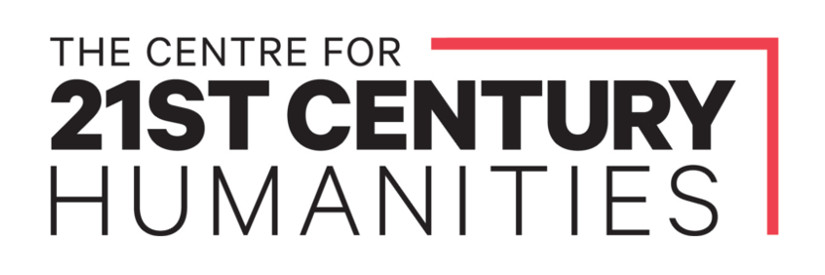| Site Name | Myall Creek |
| Aboriginal or Torres Strait Islander Place Name | |
| Language Group, Nation or People | Wirayaraay (Gamilaraay) |
| Present State/Territory | NSW |
| Colony/State/Territory at the time | NSW |
| Police District | Scone |
| Latitude | -29.778 |
| Longitude | 150.717 |
| Date | 10 Jun 1838 |
| Attack Time | Day |
| Victims | Aboriginal or Torres Strait Islander People |
| Victim Descriptions | Aboriginal |
| Victims Killed | 28 |
| Victims Killed Notes | |
| Attackers | Colonists |
| Attacker Descriptions | Stockmen/Drover(s) |
| Attackers Killed | 0 |
| Attackers Killed Notes | |
| Transport | Horse |
| Motive | Opportunity |
| Weapons Used | Musket(s), Pistol(s), Sword(s), Fowling Piece(s) |
| Narrative | In the absence of William Hobbs, the overseer of Myall Creek station on the Gwydir River, twelve horsemen galloped into the station late on Sunday afternoon 10 June 1838 and tied up 28 Wirayaraay old men, women and children and forced them to walk to an area out of sight of the station huts. The horsemen then fired at the tied up people with pistols and fowling pieces and then hacked and bludgeoned them to death with swords and cutlasses. Then they rode off and returned next day and burnt the bodies. The massacre was led by settler John Henry Fleming and eleven stockmen; John Russell, Charles Kilmeister, Edward Foley, Charles Toulouse, James Oates, William Hawkins, John Johnstone, James Parry, John Blake, Edward Palliser and William Lamb. When Hobbs returned to Myall Creek station three days later, he was told about the massacre by hut keeper Charles Anderson and after viewing the burnt bodies, Hobbs wrote a letter reporting the massacre to the Colonial Secretary in Sydney who ordered an investigation by magistrate Edward Denny Day. The ringleader, John Henry Fleming disappeared before Day arrived in the region, leaving the 11 stockmen to take the rap. They were arrested and charged with murder and taken to Sydney for trial in the Supreme Court. However two trials were required before seven of them were convicted and hanged on 18 December 1838. This is the only known case in NSW where perpetrators of a frontier massacre of Aboriginal people were convicted and hanged. Myall Creek is the best known massacre event in Australia. Beginning in 2000, the massacre is acknowledged every June in a public ceremony of remembrance at the massacre site. The ceremony is attended by, among others, descendants of the perpetrators and victims in a gesture of reconciliation. (Based on Lydon and Ryan, 2018). |
| Sources | HRA, I, xix, p 700-7 https://opal.latrobe.edu.au/articles/book/Historical_records_of_Australia_Series_I_Governors_despatches_to_and_from_England_Volume_XIX_July_1837-January_1839_edited_by_Frederick_Watson_/22300282?file=39667741; The Australian, July, 17, 1838, p 3 https://trove.nla.gov.au/newspaper/article/36854124; November 17, 1838, p 2 - https://trove.nla.gov.au/newspaper/article/36859766 and December 1, 1838, p 2 https://trove.nla.gov.au/newspaper/article/36860246; SMH, July 2, 1849 p2 http://nla.gov.au/nla.news-article28646745
Tedeschi, 2016; Lydon and Ryan, 2018. (Sources PDF) |
| Corroboration Rating | *** |

